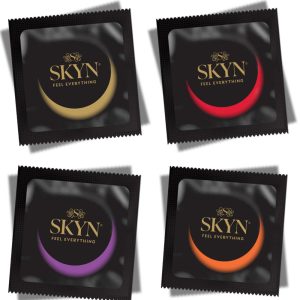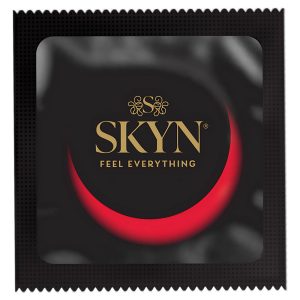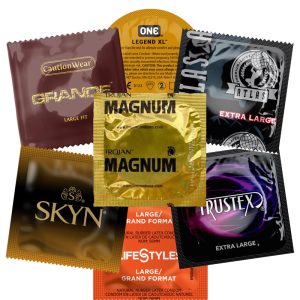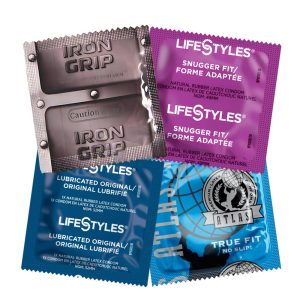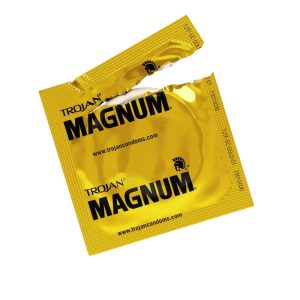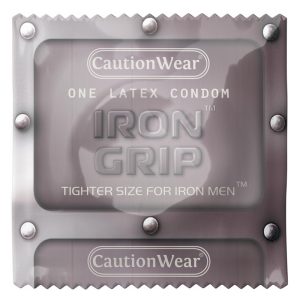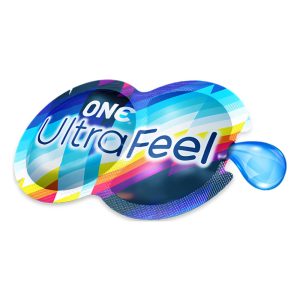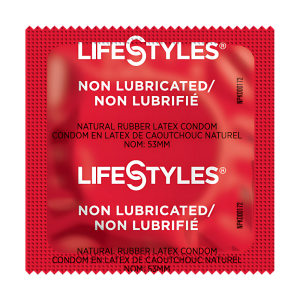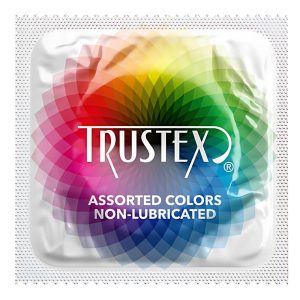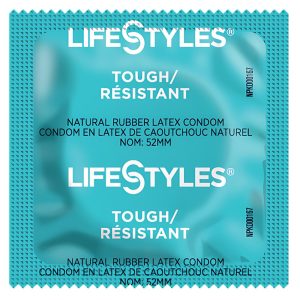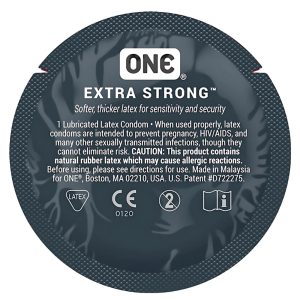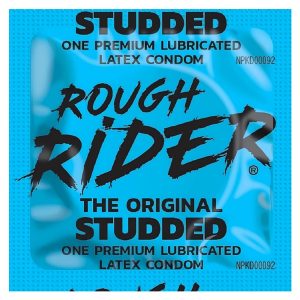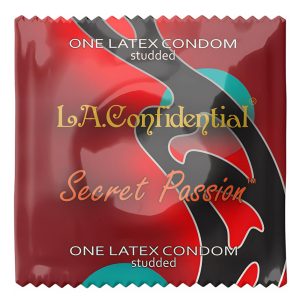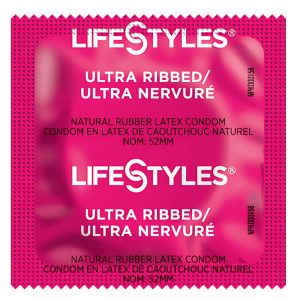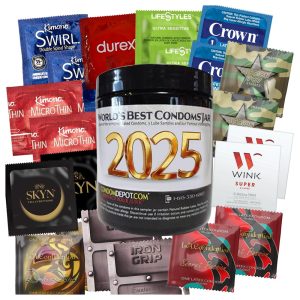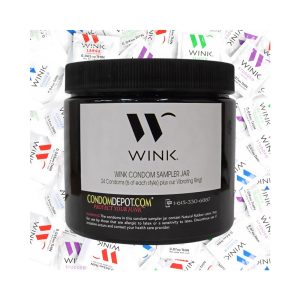The Best Condoms

When it comes to choosing the best condoms, there are several factors to consider to ensure both safety and pleasure. As a condom expert, I’ll guide you through the key aspects that make a condom stand out. Whether you’re looking for protection, comfort, or enhanced sensation, understanding these elements will help you make an informed decision. Factors like material, size, lubrication, thickness, and texture all play a role in how a condom feels and performs. It’s also important to consider any allergies or sensitivities you or your partner might have, as this can impact your experience. With the right knowledge, you can find a condom that not only fits your body but also fits your bedroom preferences.
Material: The Foundation of a Good Condom

The material of a condom is one of the most critical factors in determining its effectiveness and comfort. Here’s a breakdown of the most common materials and their benefits:
- Latex: The most widely used material, latex is known for its elasticity and durability. It provides excellent protection against both pregnancy and sexually transmitted infections (STIs). However, some individuals may have latex allergies, which can cause discomfort or allergic reactions.
- Non Latex
- Polyurethane: A great alternative for those with latex allergies, polyurethane condoms are thinner than latex, which can enhance sensitivity. They also conduct heat better, offering a more natural feel. While they are strong, they may not stretch as much as latex, so proper sizing is crucial.
- Polyisoprene: This material is similar to latex but is synthetic and free from the proteins that cause latex allergies. It offers the same stretch and durability as latex, making it a popular choice for those seeking a latex-like experience without the allergens.
- Lambskin: Made from natural membrane, lambskin condoms are known for their superior sensation and natural feel. However, they do not protect against STIs, as the material is porous. They are only effective for pregnancy prevention and are best suited for monogamous couples who are already STI-free.
When choosing a condom, consider your sensitivity to materials and your priorities—whether it’s STI protection, pregnancy prevention, or both. For more info on common condom materials, consider reviewing The Complete Guide to Condom Materials.
Recommended Non Latex Condoms
-
SKYN Non Latex Condom Sampler
$11.99 – $33.99 -
LifeStyles SKYN Elite Large Non-Latex Condoms
$1.99 – $675.00 -
LifeStyles SKYN Elite Thin Non-Latex Condoms
$1.99 – $675.00 -
LifeStyles SKYN Studded Non Latex Condoms
$1.99 – $88.74
Size: Finding the Perfect Fit

A condom that doesn’t fit properly can compromise both safety and comfort. Here’s why size matters:
- Too Tight: A condom that’s too small can be uncomfortable and may break under pressure, increasing the risk of failure.
- Too Loose: A condom that’s too large can slip off during use, which can lead to unintended exposure.
Most condoms come in a range of sizes, from snug to extra-large. It’s essential to find the right fit for your body. If you’re unsure, try a few different sizes to see what feels secure and comfortable. A well-fitting condom should roll on easily and stay in place without feeling restrictive. For more on how to properly measure yourself to find the right condom size, check out How to Measure Your Penis to Find the Perfect Condom Size.
Recommended products
-
Big Guns Condom Sampler Pack
$16.99 – $39.99 -
Snugger Fit Condom Sampler Pack
$8.99 – $18.99 -
Trojan Magnum Condoms
$1.49 – $487.00 -
Iron Grip Condoms
$1.49 – $135.00
Lubrication: Enhancing Comfort and Safety

Lubrication plays a significant role in both the ease of use and the overall experience. Here’s what to look for:
- Lubricated Condoms: These are coated with a thin layer of lubricant, making them easier to apply and reducing friction during intercourse. This can enhance pleasure for both partners and reduce the risk of breakage. Condoms come mostly with Silicone Lubricant but Waterbased and Aloe are also avaialble.
- Non-Lubricated Condoms: While less common, these can be useful for individuals who prefer to use their own lubricant or have sensitivities to certain lubricants.
- Spermicide-Coated Condoms: We are NOT a fan of Non-9 Spermicide as it causes way more issues than benefits. Very few (only one comes to mind) condoms come with a spermicidal lubricant, which provides an extra layer of protection against pregnancy by killing sperm. However, spermicide can cause irritation for some users, so it’s important to consider your body’s reaction. For more information on side effects on Non-9 condoms, head over to Nonoxynol-9 Doesn’t Work.
When selecting a lubricated condom, opt for one with a water-based or silicone-based lubricant, as these are safe for use with all condom materials. Avoid oil-based lubricants, as they can degrade latex and increase the risk of breakage. For the comprehensive guide on lubricants and what they’re made of, take a look at The Condom Depot Guide to Personal Lubricants.
Extra Lubrication to No Lubrication
-
LA Confidential Silky Touch Extra Lubricated Condoms
$1.49 – $135.00 -
ONE UltraFeel Condoms
$1.49 – $191.00 -
LifeStyles Non-Lubricated Condoms
$1.49 – $220.00 -
Trustex Assorted Colors Non-Lubricated Condoms
$1.49 – $190.00
Thickness: Balancing Sensation and Strength
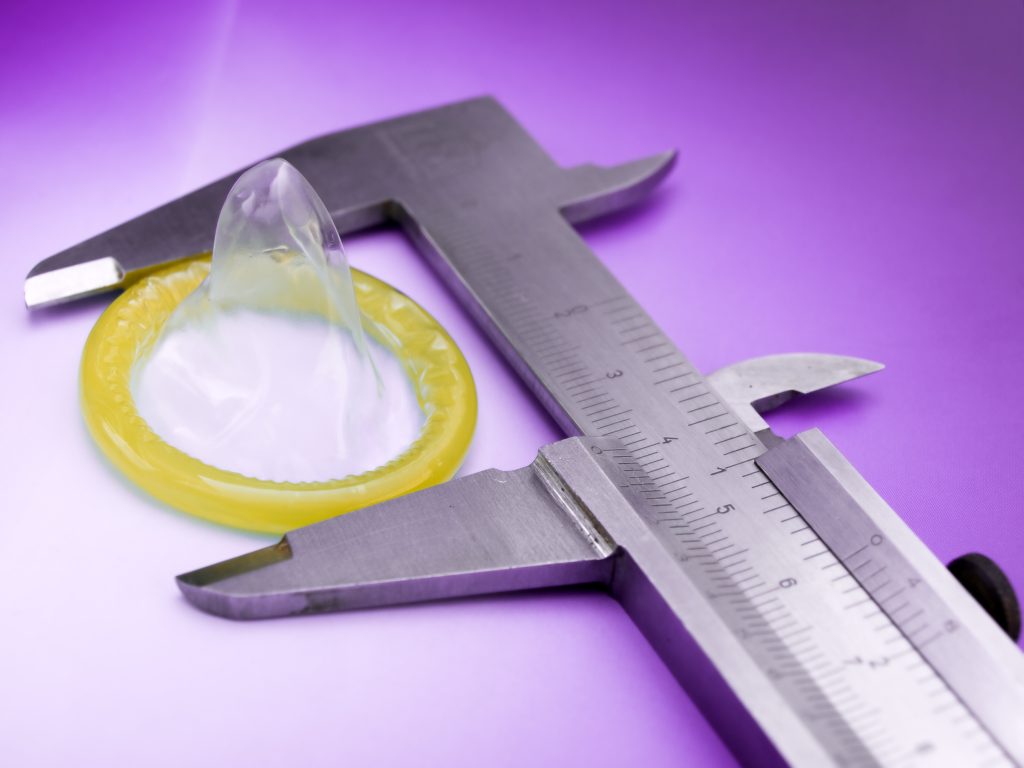
The thickness of a condom can affect both the level of protection and the sensation during use. Here’s how to weigh the options:
- Ultra-Thin Condoms: These are designed to maximize sensitivity, offering a more natural feel. While they are just as effective as standard condoms when used correctly, they may be more prone to breakage if not handled carefully.
- Standard Thickness: These condoms strike a balance between durability and sensation, making them a reliable choice for most users.
- Extra-Thick Condoms: For those who prioritize durability over sensation, extra-thick condoms provide added strength. They are less likely to break but may reduce sensitivity.
Your choice of thickness should depend on your personal preferences and needs. If you’re looking for a more natural feel, ultra-thin options are ideal, but always ensure you’re using them properly to maintain effectiveness.
Extra Strength Condoms
-
LifeStyles Tough Extra Strength Condoms
$1.49 – $220.00 -
Trustex Extra Strength Lubricated Condoms
$1.49 – $190.00 -
ONE Extra Strong Condoms
$1.49 – $44.99
Shape and Texture: Customizing the Experience
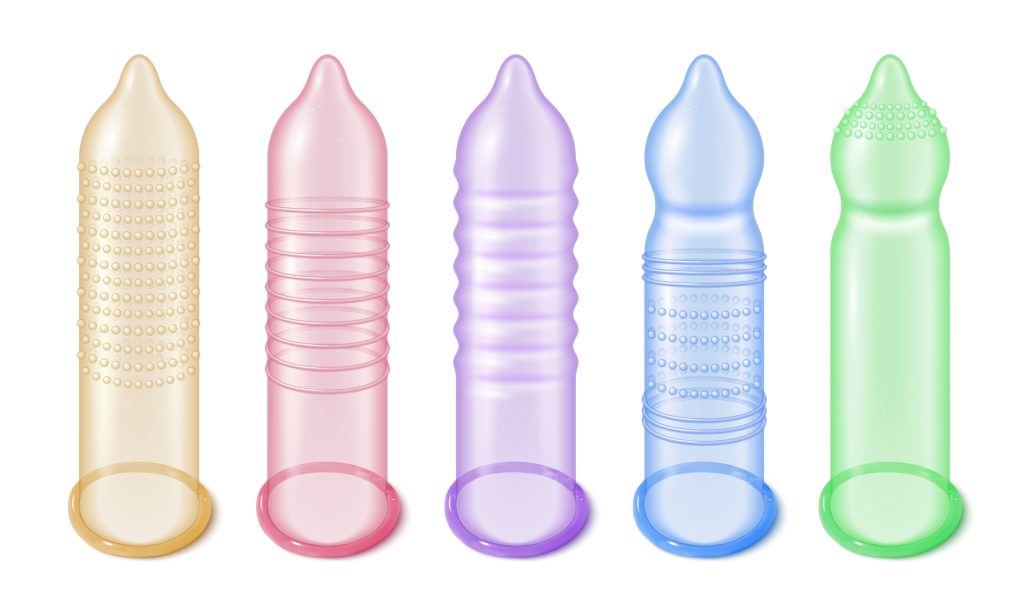
Condoms come in various shapes and textures to enhance comfort and pleasure. Here’s what to consider:
- Straight Shape: The most common design, straight condoms have a uniform width from base to tip. They are versatile and work well for most users.
- Contoured Shape: These condoms are narrower at the base and wider at the tip, providing a more secure fit and potentially enhancing sensation.
- Textured Condoms: Some condoms feature ribs, studs, or other textures designed to increase stimulation for one or both partners. These can add variety and excitement to your experience.
While shape and texture are largely a matter of personal preference, it’s worth experimenting to find what feels best for you and your partner.
Best Textured Condoms
-
Textured Condom Sampler Pack
$12.99 – $23.99 -
Rough Rider Studded Condoms
$1.49 – $220.00 -
LA Confidential Secret Passion Studded Condoms
$1.49 – $135.00 -
LifeStyles Ultra Ribbed Condoms
$1.49 – $29.95
Additional Considerations: Ensuring Longevity and Safety
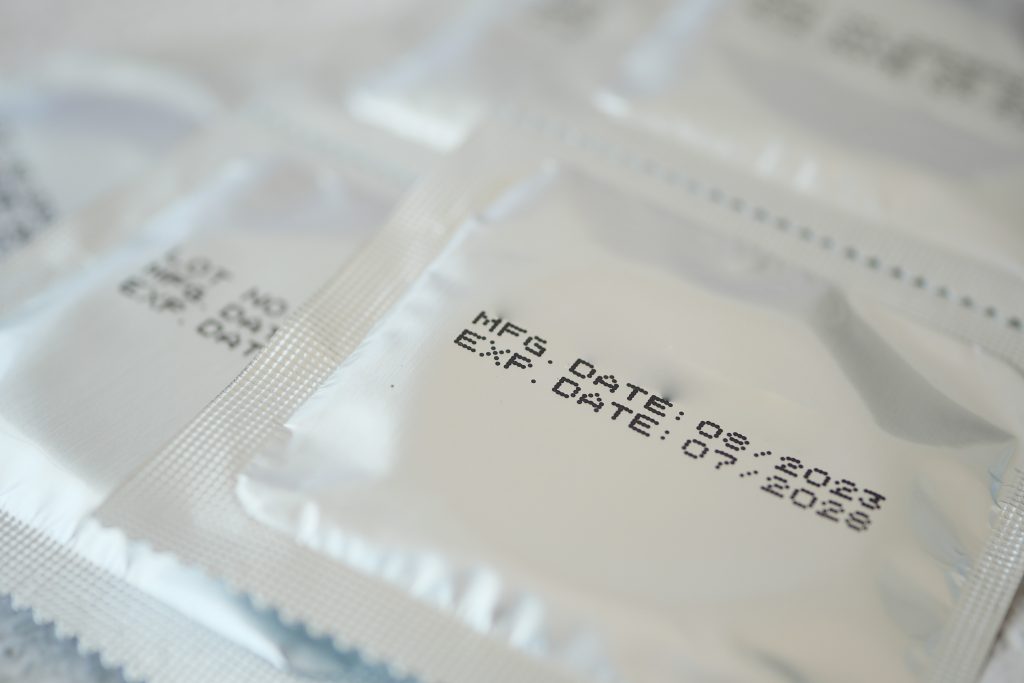
Beyond the core features, there are a few additional factors that contribute to a condom’s quality:
- Expiration Date: Always check the expiration date before use. Condoms can degrade over time, especially if exposed to heat, light, or moisture. Using an expired condom increases the risk of failure.
- Storage: Store condoms in a cool, dry place away from direct sunlight. Avoid keeping them in wallets or glove compartments, as heat and friction can weaken the material.
- Certification: Look for condoms that meet international safety standards, such as those approved by the FDA or carrying the CE mark in Europe. These certifications ensure the condoms have been tested for quality and effectiveness. All condoms at Depot are FDA certified.
Conclusion: Choosing the Best Condom for You
The best condom is one that fits your body, meets your needs, and enhances your experience. By considering factors like material, size, lubrication, thickness, shape, and texture, you can find a condom that offers both protection and pleasure. Remember, the key to effective condom use is consistency and proper application. Always follow the instructions, check for damage before use, and store them correctly to ensure they remain reliable.
As a condom expert, I encourage you to explore your options and prioritize both safety and satisfaction. With the right knowledge, you can confidently choose a condom that works best for you and your partner.
Thanks for Stopping by CondomDepot.com

Handpicked Samplers
-
Highest Rated Condoms – Worlds Best Condoms Jar
Original price was: $39.99.$27.99Current price is: $27.99. -
100 Condom Value Pack
$34.95 – $299.99 -
WINK Condoms Jar
$21.99 – $23.99 -
Condom Depot’s Ultimate Condom Sampler
$42.99 – $399.99

